JerryinToronto
TPF Noob!
Hi, I used to do time exposures using a Minolta X-700 with a multi-function back and Kodachrome 100. But it's a real hassle to get that film processed in Canada. I know that the DSLRs have a problem with noise when doing low light scenes. Does the new D90 eliminate it, or at least significantly reduce it? I am thinking of doing multiple exposures as well.
Jerry
Jerry



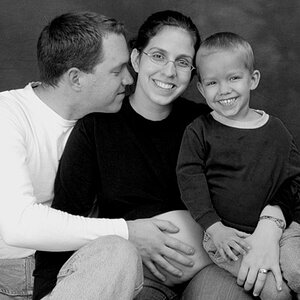
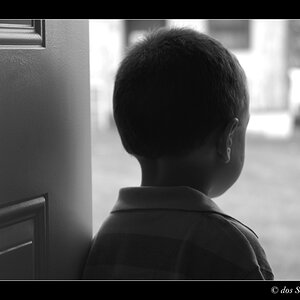
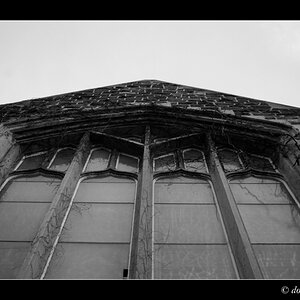
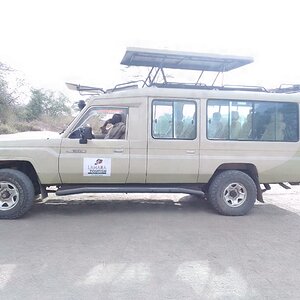




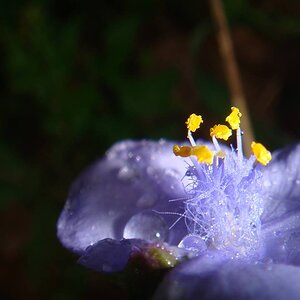
![[No title]](/data/xfmg/thumbnail/30/30879-16ad830465e571dee0a784c7fa122909.jpg?1619734493)

![[No title]](/data/xfmg/thumbnail/30/30878-f33da8abe01acde1dcee7898f41310e1.jpg?1619734493)